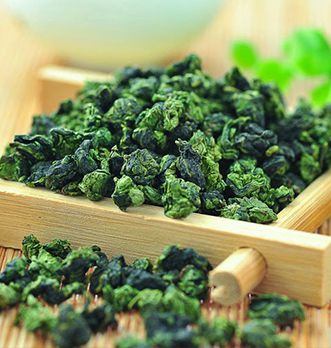
Blue tea sits between green tea and black tea. Depending on its origin, it will be closer to one or the other and will possess their characteristics. Semi-fermented oolong tea can therefore be low in theine like green tea or full-bodied like black tea depending on how much oxidation it has undergone.
Tea fermentation: a process codified since 1880
Tea fermentation is a process that can take 2 different forms. Green and white teas are obtained through desiccation, meaning the Camellia Sinensis leaf is simply dried. While black tea fermentation like fermented oolong tea relies on an oxidation phenomenon. The tea fermentation process consists of different phases that give tea its characteristics, since remember that all teas come from the same plant: Camellia Sinensis. It is therefore based on the fermentation or oxidation of tea that it will be classified as green, black, white, or oolong.
The tea fermentation process
- Tea leaves are picked by hand
- They are then withered
- Then comes desiccation or dehydration
- Then comes oxidation for black teas, oolong and some yellow teas
- Tea rolling is also done by hand
- Then the tea is dried
- Finally, it is sorted or sifted
- And black teas and some oolongs are cooked or roasted
Fermented oolong tea: 4 levels of oxidation
In the case of oolong tea fermentation, the degree of tea oxidation is highly variable. Fermented oolong tea therefore undergoes green tea fermentation followed by oxidation identical to black tea, except that it is deliberately interrupted several times during the process. This particularity gives semi-fermented oolong tea its powerful aromas. While oolong tea fermentation is generally short, it can extend and the tea can reach 40 to 70% oxidation. The oxidation degree of blue tea is classified into 4 levels:
- Lightly oxidized oolongs (10 to 30%), these are the closest to green tea and most often come from China.
- Highly oxidized oolong teas (40 to 70%), closer to black tea, these are generally Taiwanese teas.
- Aged oolong teas from multiple roastings are storage teas that can be 20 or even 25 years old. These Taiwanese teas are rarities.
- Young multi-roasted oolong teas are exclusive teas, crafted to resemble aged teas.
Oolong tea, the only tea that can be infused multiple times.
The fermentation or oxidation of tea gives oolong different properties from other teas. Considered a storage tea, oolong is also the only one that can be infused multiple times.